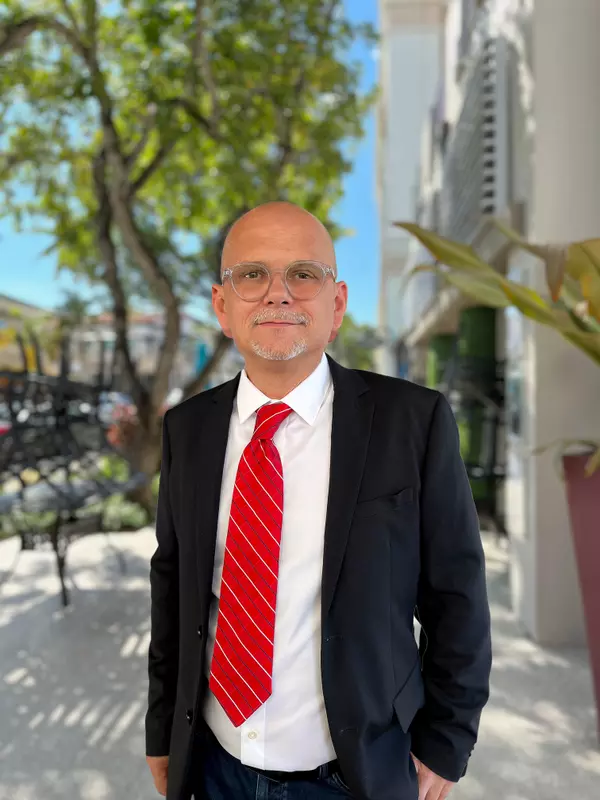Regan Billingsley Creates a Looming Legacy

For 15 years after graduating from the University of Maryland, where she was a National Collegiate Athletic Association (NCAA) Division I swimmer, Regan Billingsley did not set foot in a pool.

When she dove into the sport again, it was in open water, where there were no boundaries to how far she could go. She was hooked from the first plunge. Now, she says, “I try to swim one and a half to two miles or more every day. The cool water wakes you up. It spurs creativity.” Her ardor for wild swimming mirrors the devotion she has for her profession as an interior designer and creator of a curated line of bespoke linens based on heritage art.
As a child growing up in Maryland, Billingsley lived in what she describes as a beautiful home decorated by her mother, a French teacher. “She loves so much about French culture,” she says. Billingsley remembers antiquing on the weekends and visiting the French trade fair Maison & Objet in Paris with her. Early exposure to good design and gorgeous textiles instilled in Billingsley an appreciation for fine craftsmanship.

After completing her undergraduate studies and earning a degree in art and art history, Billingsley declared she was moving to Los Angeles to become an interior designer. In hindsight, she thinks she probably should have put more thought into the decision. She nonetheless fulfilled her prophecy and was fortunate to work alongside a leading designer, Madeline Stuart, whose work is regularly featured in national publications.
After three years, Billingsley moved back to the East Coast to complete a degree in interior architecture and design, graduating from Pratt Institute in Brooklyn, New York. She spent a dozen years in New York working as an interior designer. From 2011, she traveled between New York and Washington, D.C., as a freelance designer. In 2013, she moved to Washington, where she spent the next 12 years designing interiors at her eponymous firm, Regan Billingsley Interiors.

Billingsley’s parents have owned a home in Naples for 25 years, and she often visited. “My love for the place has grown over the years,” she says. During COVID, she realized it was stressful managing a large team, and she began assembling a smaller remote crew of talented people. “I now have an AutoCAD specialist in Toronto, Canada, and a lifestyle ambassador in Kansas City,” she says. In October 2024, the designer relocated to Naples from Washington, finalizing the move this past spring. She will keep her design business active in both places.
Billingsley is reluctant to label her aesthetic, saying, “I stay away from branding my style.” She bases her designs on classical principles, such as harmony, symmetry, and proportion. Billingsley is all about understanding people and finding solutions to help them live the life they want. “My designs are based on enhancing well-being,” she says.

Global Intrigue
As a designer, Billingsley started noticing a growing trend: handmade goods from around the world were becoming increasingly popular at design trade fairs. She was drawn to them and became intrigued by thoughts of how she might merge artisanal crafts with traditional interior design.

In 2007, her mother and sister visited Guatemala to help build houses with the global nonprofit organization Habitat for Humanity. When they returned to the United States, they brought back handmade souvenirs purchased from street vendors, piquing Billingsley’s interest in the small country.
Considered a birthplace of textiles in Central America, Guatemala has a rich history of weaving that dates back to the ancient Mayan civilizations. Master weavers created textiles that were both practical and culturally significant. Ravaged by a 36-year civil war (1960 to 1996), which brought widespread human rights violations, many communities were displaced. But the people came together—especially the women—to form weaving cooperatives.
In 2016, bedridden for a month while recuperating from surgery, Billingsley started reading books about Guatemalan textiles to stave off boredom. She developed an appreciation for the cultural significance of weaving. When she recovered, Billingsley had a travel agent help organize a 10-day tour of cooperatives in the country, where there are hundreds of weaving communities.

Billingsley learned about dyeing cotton and backstrap weaving, in which a loom is fastened around the weaver’s waist so she can simultaneously cook, clean, and care for children. She also learned about the cultural significance of weaving and how the different patterns and motifs identified where people were from. Although the artists are self-taught (the technique is handed down from generation to generation), Billingsley noticed the quality was on par with textiles woven in Europe. The more she learned about the craft, the more she loved it.
In Guatemala, Billingsley met a resilient people, where she noted every obstacle was an opportunity. When dealing with sizing constraints, if something was made on a small loom, for example, the weavers fastened panels together with a specialized stitch called a randa, to make larger items, adding a unique design element to their creations. She noticed that many of the items made from textiles, which often took three to six months to complete, were sold in street markets and contained cheap zippers and fasteners. She found them small, kitsch, and not representative of the work inherent in the fabrics, which did not sit right with her sensibilities. “They are culturally important works of art,” she says.

The Aha! Moment
That’s when the proverbial lightbulb went off in Billingsley’s head. She would preserve the traditional techniques and old-world weaving styles—updating color, style, and scale—making luxurious linens while also contributing to a sustainable income for the weaving cooperatives. “I wanted to keep the craft alive,” she says, and find a way to “use design for good.”
In 2024, she incorporated her company, RB Curated, in Florida with the goal of selling a line of bedding and shams direct to consumers, including designers, select small boutique hotels, and personal clients. Billingsley began sketching ideas and collaborating with the artisans. She didn’t want trendy pieces, relying instead on her classical training to guide her.

Since many of the traditional colors were very bright, Billingsley suggested toning down the palette. She now works with a core collection of colors: steel blue, light blue, khaki, and sea green. To fit in with casual, coastal, and modern homes, her offerings are available in navy, Kelly green, lavender, and tangerine.
The journey has been neither straightforward nor easy for her company. “As it is small batch work, we have limited stock,” says Billingsley, who does keep a range of samples at the ready. “The fabric is hand-woven, taking 14 to 16 weeks to create. The scale of the product is tough to manage, and maintaining consistent quality control is difficult,” she adds. And, Billingsley is still working toward fluency in Spanish.

Nonetheless, this energetic, curious, and creative individual forges onward with her vision. She seeks inspiration when swimming in places like the Lagoon of Seven Colors in Bacalar, Mexico, the coves and bays of the islands of Croatia, and the local Gulf waters. Her inner fortitude keeps her going—the same fortitude she relied on for a 12.5-mile swim in Key West this past summer.
One day she will challenge herself to once again conquer strong currents, potential high winds, and myriad shipping channels in a 4.5-mile swim across Chesapeake Bay. Considered one of the more difficult open-water swims, it’s not easy to stay on course. Billingsley, who has successfully completed the swim twice previously and has proved she can navigate many an obstacle in life, will no doubt find her lane.
The post Regan Billingsley Creates a Looming Legacy appeared first on Naples Illustrated.
Categories
Recent Posts










GET MORE INFORMATION

Stevan Stanisic
Real Estate Advisor | License ID: SL3518131
Real Estate Advisor License ID: SL3518131
